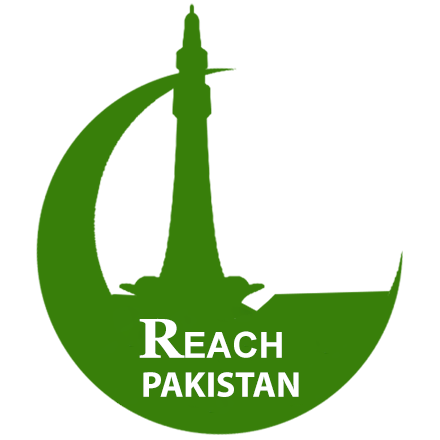Wah
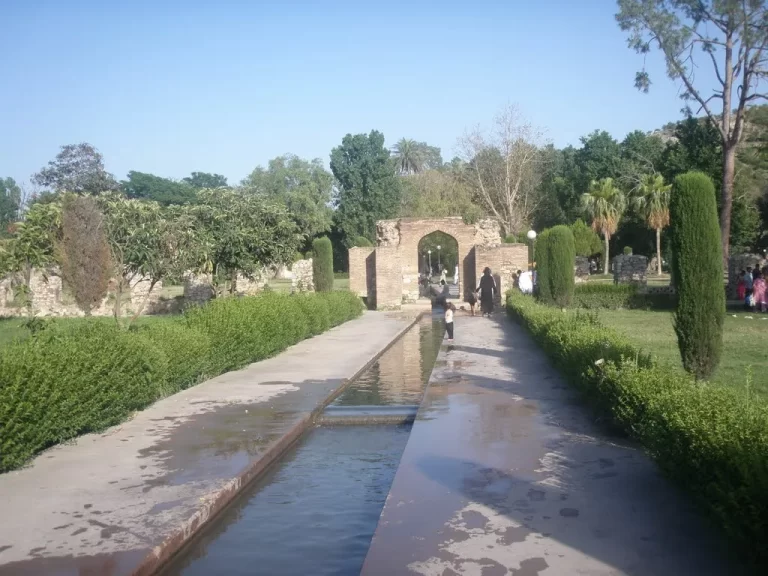
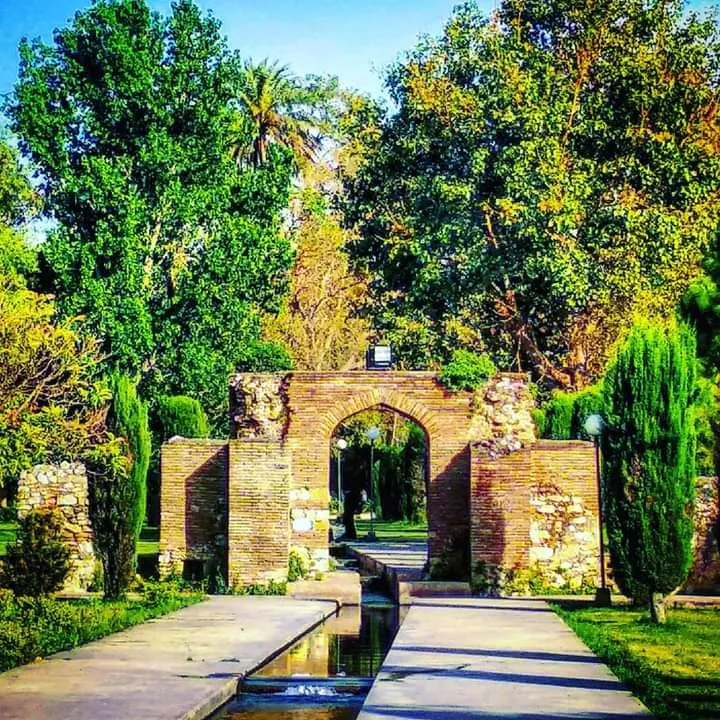
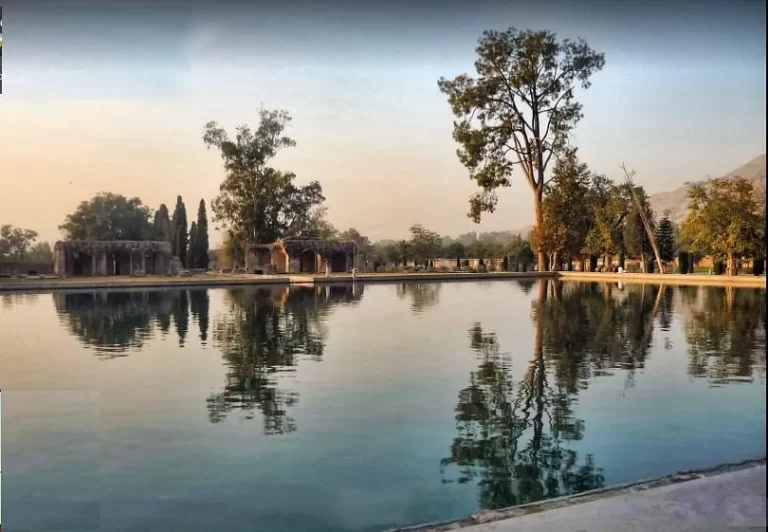
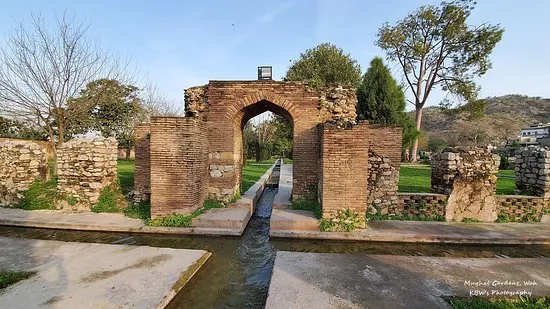
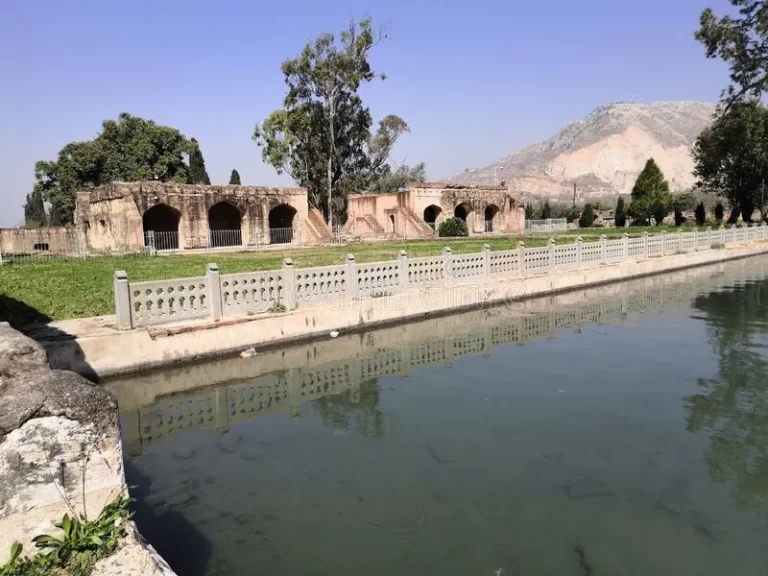
- About Wah
- Culture and Heritage
- History
- Natural Resources
About Wah
Punjab literally means the land of 5 rivers term refers to the 5 rivers flowing thru the region. Due to its rivers Punjab is the most fertile and most populated province of Pakistan. People speak Punjabi here and have many colorful traditions.
Punjab is considered most developed, populous, and prosperous province of Pakistan having about 60% of the country's total population living in it.
Historically, the Punjab region has been part of Sindu Sapta the term meaning (7 Rivers) but in the course of time southern Sindh was shrieked to a small province and Punjab became a larger and more prosperous region of the area.
The word Punjab was introduced by the by the Mughals in the 17th Century AD. It is a combination of the Persian words panj (five) and āb (water), thus the (land of) five rivers. The five rivers which flow thru Punjab are the tributaries of the Indus River namely Chenab, Jhelum, Ravi, Sutlej and Sindhu river itself.
In the Rigveda, the sacred text of Vedism, the Punjab region is associated with the ancient Sapta Sindhu, the Land of Seven Rivers, whilst the later Greeks referred to Punjab as Pentapotamia, an inland delta of five converging rivers. The British used to call Punjab "Our Prussia."
Most of Pakistanis outside Pakistan come from this province.
PEOPLE
SHARE TWEET SHARE EMAIL COMMENTS
Punjab is the embodiment of life in Pakistan because it is the most populous province in the country. The Punjabi lifestyle and customs are highly rich that follow the culture that dates back to centuries. It is rich in literature, cuisines, arts, tradition, architecture, military warfare, and spoken languages.
LANGUAGES
Punjab is the embodiment of life in Pakistan because it is the most populous province in the country. The Punjabi lifestyle and customs are highly rich that follow the culture that dates back to centuries. It is rich in literature, cuisines, arts, tradition, architecture, military warfare, and spoken languages.
People who belong to the Punjabi region or who reside in Punjab province are considered to be Punjabi. Even anyone who speaks Punjabi is also considered Punjab. This language is spoken all over the world and it is included in the most spoken languages worldwide because it has 100-150 million speakers. Punjabi is the 4th number of the most spoken languages in Canada.
CULTURE
Punjabi culture is so strong now that it has spread like a religion. This culture was very limited and its creed and community etc were ignored but the situation has become opposite today. One thing is quite famous regarding Punjabi people that they are fun-loving and warm-hearted. They love to celebrate traditions and festivals.
Dish
Their most popular dish is Tandoori chicken. Punjabi cuisine have a wide variety of famous foods and dishes. Every other country has outlets of Punjabi cuisines. Their foods are most liked because of the spices, abundance of oil, ghee, and butter that make food mouthwatering and smell good.
FESTIVALS
Punjabi people are obsessed with sports like kabaddi or wrestling. Their games are famous in many parts of the country. Their games have great importance on the national level. Some simple traditional games that all Punjabi residents love to play are Khoo-khoo, gilli-danda, ludo, chuppan-chappai, yassu panju, kachay, and baraf Pani Etc. There is a special festival celebrated in Lahore that is a national horse and cattle show. This is the biggest festival where the exhibition, sports, and livestock competition are held.
History
The history of Punjab dates back to the Indus civilization. The region has been invaded and ruled by many different empires and races including the Aryans, Persians, Greeks, Egyptians, Afghans, and Mongols.
The population of Punjab had been pre-dominantly Hindu with large Buddhist minorities before it was conquered by Muhammad bin Qasim in 712 AD. He was the first to bring the message of Islam to the region. It was later spread through the teachings of various Sufi saints. The Mughals controlled the region from 1524-1739. It was their reign that saw the construction of the great architectural wonders such as the Badshahi Mosque and the Shalimar Gardens.
Following the decline and subsequent fall of the Mughal Empire, Maharaja Ranjeet Singh was the most prominent ruler of the Punjab. He established the Sikh Empire that lasted from 1799-1849. During his time a lot of importance was given to the landed aristocracy and he relied upon their loyal support to retain power. However, after his death, political chaos ensued and two of his successor maharajas were assassinated in the succession struggle. The British Empire took control and annexed Punjab in 1849 after two Anglo Sikh Wars.
By virtue of its geo-political position, Punjab was one of Great Britain’s most important assets in colonial India allowing it to execute control over the numerous princely states that made up the country. The British rule saw a series of measures being introduced including the introduction of western education, a new revenue system and the establishment of a new administrative system. However, the increasing resentment of the people towards their colonial masters brought Punjab at the center of the rising rebellion. The Jallianwala Bagh Massacre of 1919 took place in Amritsar and following the Pakistan Resolution of 1940, Punjab was at the heart of the independence struggle of modern day Pakistan. During the partition of India in 1947, most of the Muslim dominated areas went on to form the present day province of Punjab while the Sikh and Hindu dominated regions formed the Indian states of Punjab, Haryana, and Himachal Pradesh.
In 1955 due to the rising tensions between East and West Pakistan, Punjab lost it province status. In 1972 however, following the secession of East Pakistan and formation of Bangladesh, it regained its standing. In 1965 and 1971, Punjab witnessed the two wars between India and Pakistan.
Today, Punjab remains the heartbeat of the nation and is at the center of all political and economic progress.
Natural Resources
Punjab possesses great unexplored potential of metallic and non-metallic minerals. Presently, the minerals being exploited are:
COAL
Punjab coal can cater to the existing and future energy requirement of our country to a great extent. More than 90% of coal is dispatched to other provinces for use in brick kilns. Its reserves are found in
FORESTS
An area of 38,483 Hectares is under forests, which is about 10% of the total area of the district. There is also linear plantation of 337 Km alongside the roads/rails/canals in the district.
Livestock
Goat
Cattle
Buffaloes
Sheep
Facts About Wah
Capital city: Lahore
Area: 205,344 km²
Population: 110 million (2017)
Languages:Urdu & Punjabi
Religion: Sikhism,
Hinduism, Parseeism, Islam
Hinduism, Parseeism, Islam
Established: July 1, 1970
Time zone: UTC+05:00 (PST)
Famous dish: sarson ka saag

